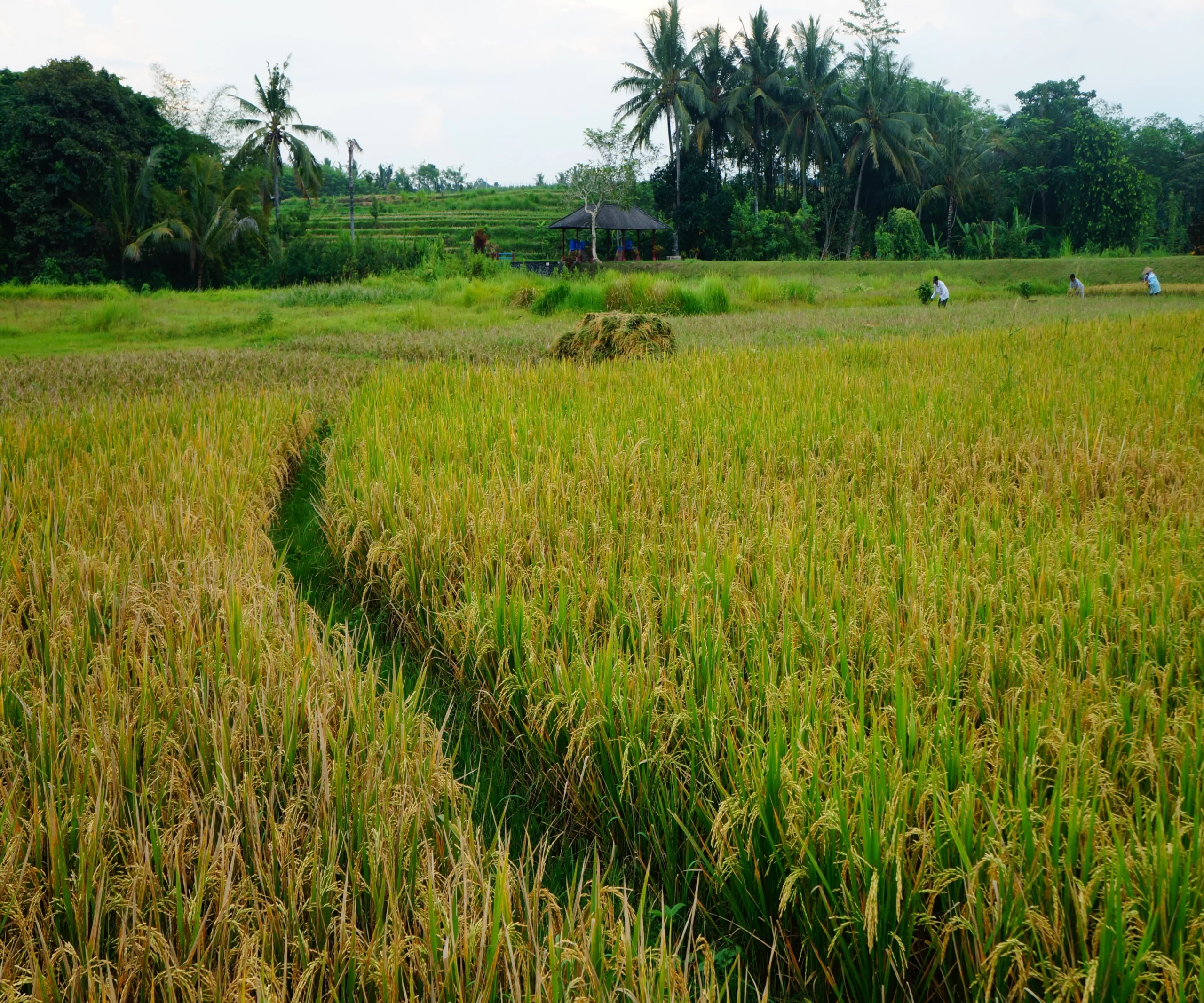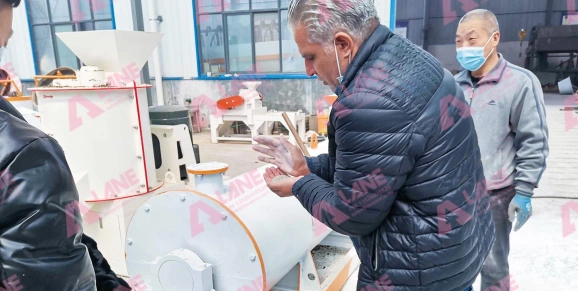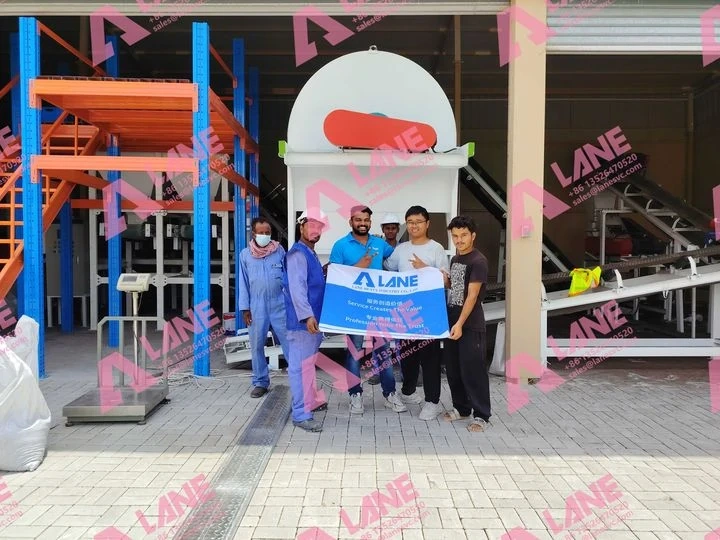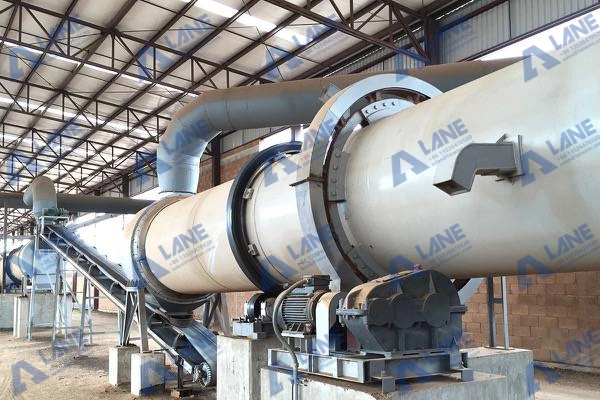Phosphorus Fertilizer for Soil Improvement: Practical Guide for Enhancing Sri Lankan Soils
- 2025-10-11
Introduction
Phosphorus fertilizer for soil improvement plays a crucial role in promoting healthy plant growth and maintaining long-term soil fertility. As one of the essential macronutrients, phosphorus supports energy transfer, root development, and early plant establishment. However, in many Sri Lankan farmlands, naturally weathered soils are often low in available phosphorus due to continuous cultivation and tropical rainfall conditions.
To overcome this limitation, applying phosphorus fertilizer for soil improvement has become an effective and sustainable practice. It enhances nutrient uptake efficiency, strengthens root systems, and ensures better yields across a variety of crops. This practical guide explores the key types, application methods, and sustainable management practices for phosphorus fertilizers in Sri Lanka—helping farmers achieve both productivity and environmental balance.
Understanding Phosphorus and Its Role in Soil
What is Phosphorus Fertilizer: Phosphorus fertilizer is a nutrient-rich amendment designed to supply plants with essential phosphorus. Phosphorus is critical for root development, energy transfer, and overall plant growth. Using phosphorus fertilizer for soil improvement ensures that crops receive the nutrients they need to thrive, particularly in phosphorus-deficient soils common in many regions of Sri Lanka.
How Phosphorus Benefits Soil and Crop Growth: Phosphorus improves soil structure by promoting root penetration and enhancing microbial activity. When farmers apply phosphorus fertilizer for soil improvement, plants develop stronger roots, absorb water and nutrients more efficiently, and achieve higher yields. The benefits extend beyond a single crop cycle, contributing to long-term soil fertility.
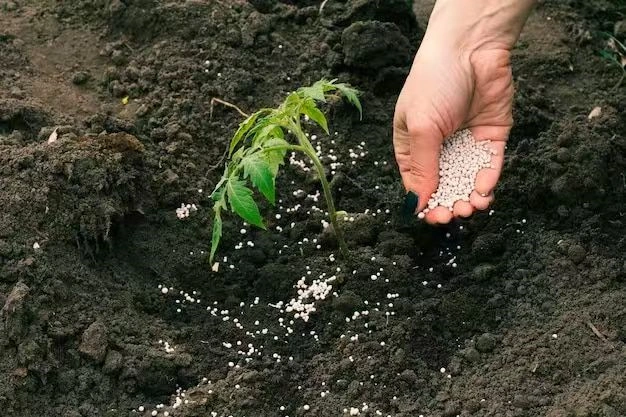
Common Types of Phosphorus Fertilizers in Sri Lanka
Single Super Phosphate (SSP): Single Super Phosphate is widely used in Sri Lanka for phosphorus fertilizer for soil improvement. It contains about 16–20% available phosphorus and also provides sulfur, another essential nutrient. SSP is ideal for broad application and works well in acidic or neutral soils.
Triple Super Phosphate (TSP): Triple Super Phosphate offers higher phosphorus concentration (around 46%). For soils with severe phosphorus deficiency, TSP is an effective choice for rapid improvement. Farmers applying TSP as phosphorus fertilizer for soil improvement should follow recommended rates to avoid over-application.

Rock Phosphate: Rock phosphate is a slow-release option for phosphorus fertilizer for soil improvement. It is particularly useful in long-term soil management, gradually supplying phosphorus over multiple seasons. Combining rock phosphate with organic matter can further enhance soil fertility.

How to Apply Phosphorus Fertilizer for Soil Improvement
Recommended Dosage and Timing: The application rate of phosphorus fertilizer for soil improvement depends on soil type, crop needs, and soil testing results. Typically, 20–60 kg of phosphorus per hectare is sufficient for most crops. Applying phosphorus at the right growth stage maximizes nutrient uptake and improves crop performance.
Application Methods:
- Broadcasting: Suitable for large-scale cultivation where uniform nutrient distribution is desired. The fertilizer is evenly spread over the field and lightly incorporated into the soil.
- Banding: Involves applying fertilizer in narrow bands near the seed or root zone, increasing phosphorus-use efficiency and minimizing fixation
- Fertigation: Integrating soluble phosphorus sources into irrigation systems provides a controlled and uniform supply, particularly in high-value horticultural crops.
Each method has its advantages, and the choice should consider soil conditions, equipment availability, and crop nutrient demand.
Precautions: Overuse of phosphorus fertilizer for soil improvement can lead to nutrient imbalances and environmental issues such as runoff. Always follow recommended rates and avoid applying before heavy rainfall.
Assessing Soil Needs Before Fertilization
Soil Testing Methods: Before applying phosphorus fertilizer for soil improvement, conduct soil testing to determine phosphorus levels. Simple soil kits or laboratory tests can identify deficiencies and help farmers apply the correct dosage.
Identifying Phosphorus Deficiency: Common signs of phosphorus deficiency include stunted growth, dark green or purplish leaves, and poor root development. Early identification allows timely application of phosphorus fertilizer for soil improvement.
Environmental and Sustainability Considerations
Managing Phosphorus Runoff: One of the main environmental challenges linked to phosphorus fertilization is surface runoff leading to water pollution. Employing soil conservation techniques such as contour bunding, vegetative barriers, and organic mulching reduces runoff potential. Additionally, placing fertilizer below the soil surface rather than on top minimizes exposure to rainfall and irrigation flow.
Integrating Organic and Inorganic Sources: Sustainable soil fertility improvement often requires combining mineral fertilizers with organic inputs. Compost, farmyard manure, and green manure crops help maintain soil organic matter, which binds phosphorus in more plant-available forms. Microbial inoculants such as phosphate-solubilizing bacteria can also improve the efficiency of applied fertilizers.
Long-Term Soil Health Management: Building a resilient soil system involves more than nutrient supplementation. Practices like crop rotation, cover cropping, and reduced tillage preserve soil biodiversity and prevent nutrient depletion. When phosphorus fertilizers are integrated into these systems judiciously, they contribute not only to higher yields but also to sustainable ecosystem functioning.
Conclusion
Effective phosphorus management is fundamental to improving soil fertility and achieving sustainable agricultural productivity in Sri Lanka. Understanding the chemistry of phosphorus in the soil, choosing the right fertilizer type, and applying it efficiently all play a critical role in maintaining soil health.
By combining modern fertilizer technologies with traditional soil management practices, farmers can enhance nutrient efficiency while protecting the environment. Balanced phosphorus use not only ensures immediate crop productivity but also builds a foundation for long-term soil resilience, supporting both food security and environmental sustainability for future generations.
For more details, please feel free to contact us.
Henan Lane Heavy Industry Machinery Technology Co., Ltd.
Email: sales@lanesvc.com
Contact number: +86 13526470520
Whatsapp: +86 13526470520
